Optimal Timing for Earth Movings
Earth Movings are most effectively performed during periods of stable weather conditions, typically avoiding extreme temperatures and heavy rainfall. Timing these activities during dry seasons minimizes soil compaction issues and reduces delays caused by weather disruptions. Proper planning ensures safety, efficiency, and cost-effectiveness.
Spring and fall often provide ideal conditions due to moderate temperatures and lower precipitation levels.
Avoiding periods of heavy rain or snow prevents delays and soil instability.
Dry, firm soil enhances workability and reduces equipment wear.
Extreme heat can cause soil to become too dry and dusty, while cold weather may freeze the ground, hindering excavation.

Ways to make Earth Movings work in tight or awkward layouts.
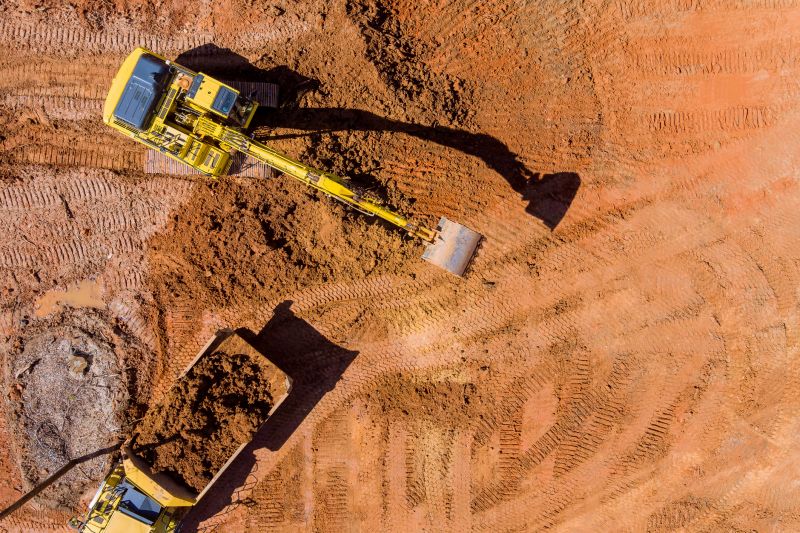
Popular materials for Earth Movings and why they hold up over time.
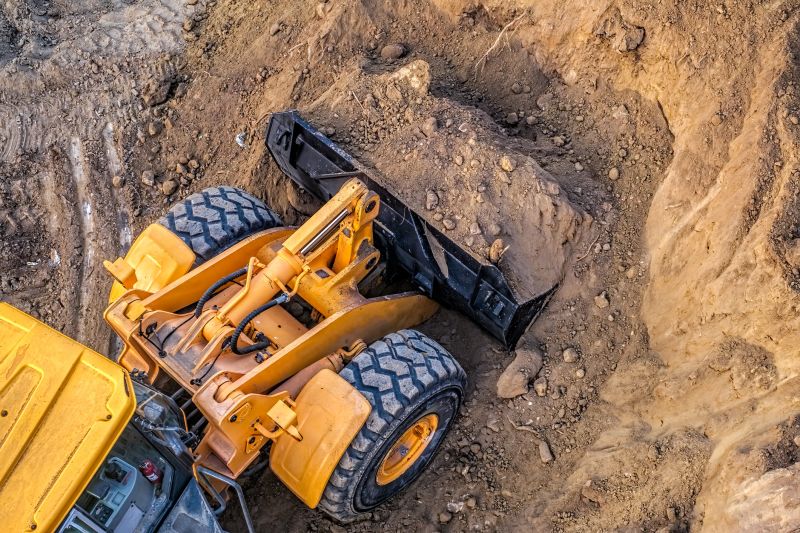
Simple add-ons that improve Earth Movings without blowing the budget.
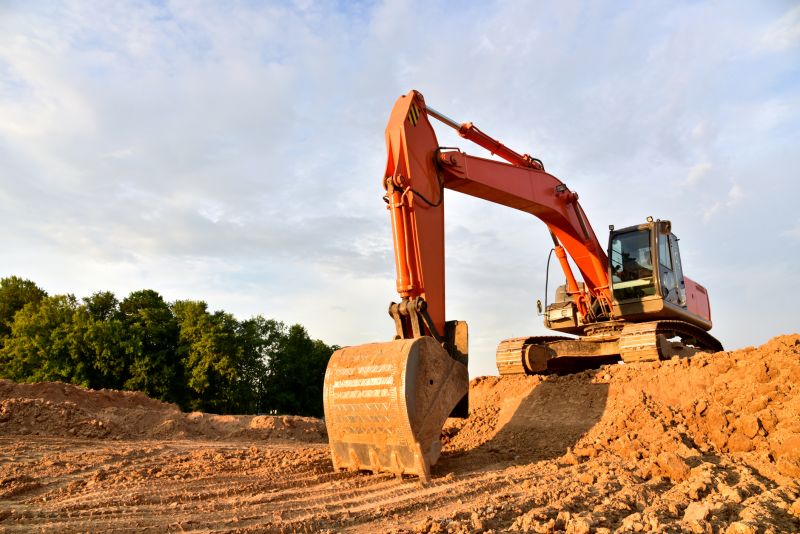
High-end options that actually feel worth it for Earth Movings.
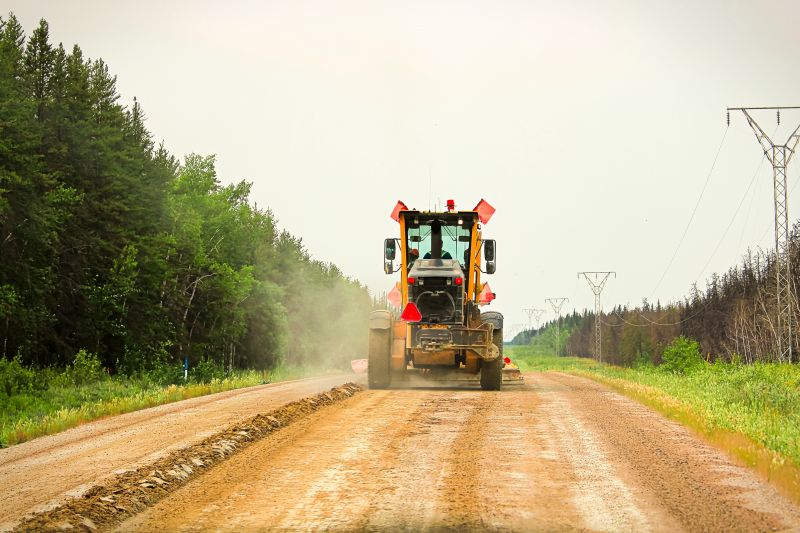
Finishes and colors that play nicely with Earth Movings.
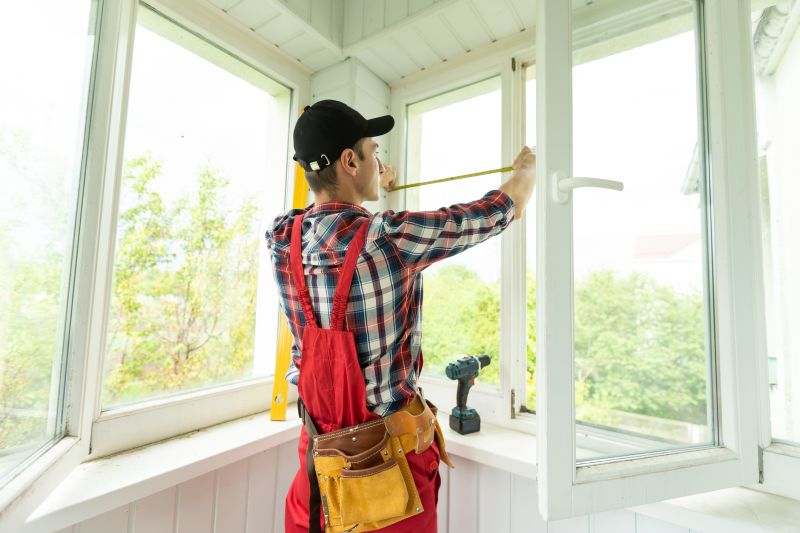
Little measurements that prevent headaches on Earth Movings day.
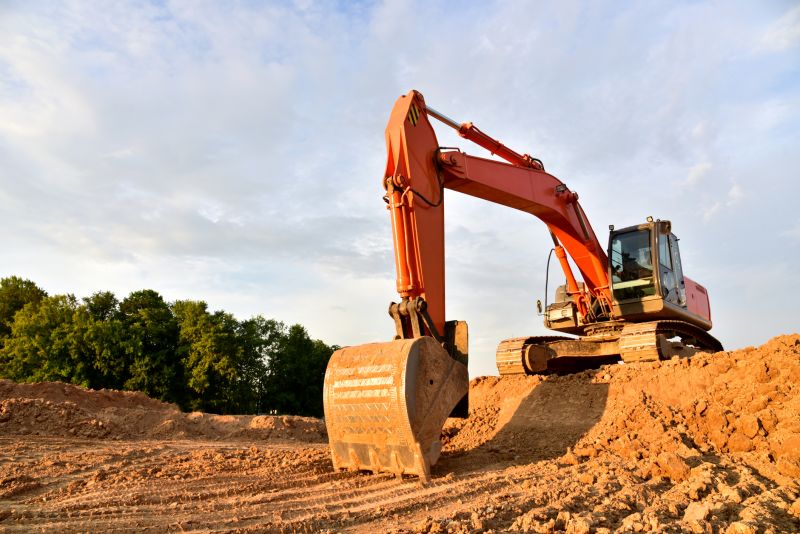
A 60-second routine that keeps Earth Movings looking new.
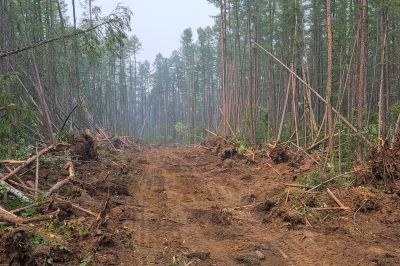
A frequent mistake in Earth Movings and how to dodge it.

Small tweaks to make Earth Movings safer and easier to use.
| Season or Condition | Best Practice for Earth Movings |
|---|---|
| Spring | Ideal for new projects due to moderate weather and soil conditions. |
| Fall | Suitable for final grading and site preparation before winter. |
| Dry Season | Minimizes delays caused by rain and soil instability. |
| Avoid | Heavy rain, snow, or extreme cold periods. |
| Optimal Moisture | Soil should be moist but not saturated for best results. |
| Temperature Range | Temperatures between 50-75°F (10-24°C) are most favorable. |
| Weather Monitoring | Regular checks help in planning and adjusting schedules. |
| Ground Stability | Ensure ground is stable and not prone to landslides or collapses. |



